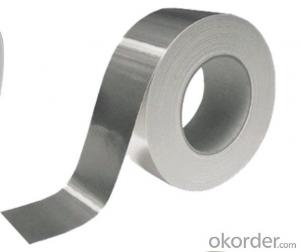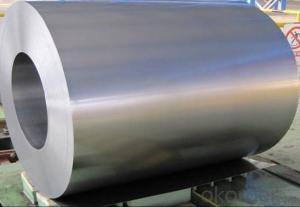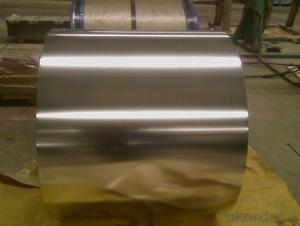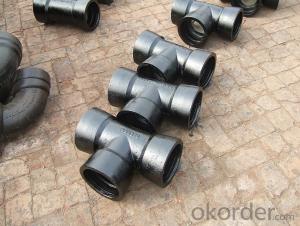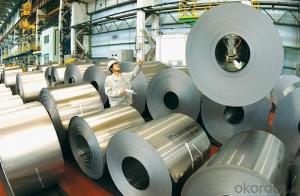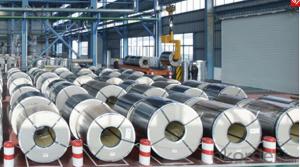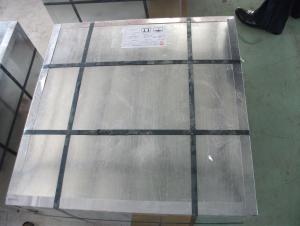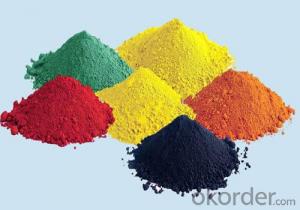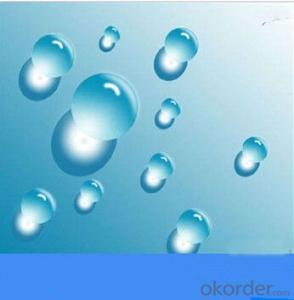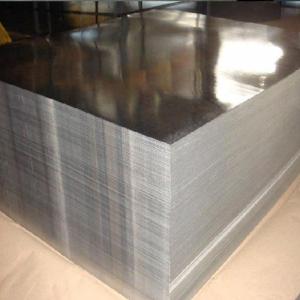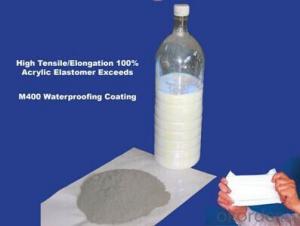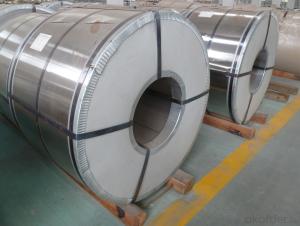Tinplate Coating
Tinplate Coating Related Searches
Alside Pvc Aluminum Trim Coil Pvc Aluminum Coil Flat Aluminum Wire Coil - 5mm Aluminum Wire Coil Best Aluminum Coil 3 4 Aluminum Tubing Coil 1 2 Aluminum Tubing Coil 24 White Aluminum Coil Stock Copper Tube Aluminum Fin Coil 3 8 Aluminum Tubing CoilHot Searches
Geogrid China Geogrid Mesh Price Geogrid Fabric Price Geogrid Roll Price Geogrid Price List Tensar Triax 160 Geogrid Price Tensar Ss40 Geogrid Price Tensar Tx160 Geogrid Price Triax Geogrid Price Geogrid Price Tx160 Geogrid Price Bitumen Shingles Price Geogrid Fabric Home Depot Tensar Type 2 Geogrid Type 2 Geogrid Home Depot Geogrid Geogrid Home Depot Geogrid Material Suppliers China Aluminum Coil Factory China Black Aluminum CoilTinplate Coating Supplier & Manufacturer from China
Okorder.com is a professional Tinplate Coating supplier & manufacturer, offers integrated one-stop services including real-time quoting and online cargo tracking. We are funded by CNBM Group, a Fortune 500 enterprise and the largest Tinplate Coating firm in China.Hot Products
FAQ
- The main factors influencing the supply of tinplate are the availability and cost of tin, the demand for tinplate products, the production capacity of tinplate manufacturers, and any trade barriers or regulations that may affect the import/export of tinplate.
- Tinplate is commonly used in the manufacturing of kitchenware due to its unique properties. It provides a protective coating that prevents corrosion and enhances the durability of the kitchenware items. Tinplate is often used to create food cans, utensils, and other cookware. Its ability to resist corrosion and maintain food quality makes it a popular choice for kitchenware manufacturers.
- There are several advantages of using tinplate for stationery. Firstly, tinplate is highly durable and resistant to corrosion, ensuring that the stationery items made from it will last longer. Secondly, tinplate is a lightweight material, making it convenient to carry around and use. Additionally, tinplate is easily recyclable, making it an environmentally friendly option. Lastly, tinplate can be easily decorated and customized, allowing for unique and attractive designs on stationery products.
- Tinplate generally performs well in extreme temperatures due to its high melting point and thermal conductivity. It remains stable and retains its structural integrity, making it suitable for various applications in both hot and cold environments.
- Some of the main challenges in the tinplate canning process include ensuring the proper sterilization of cans to prevent contamination, maintaining consistent quality control to meet regulatory requirements, managing the speed and efficiency of the production line, and addressing issues related to can integrity such as dents or leaks. Additionally, the cost of tinplate material and the environmental impact of its production and disposal are also significant challenges that need to be addressed.
- Yes, tinplate can be used for signage and advertising purposes. It is a versatile material that can be easily customized, printed on, and shaped into various forms and sizes. Tinplate offers durability, weather resistance, and a professional appearance, making it suitable for outdoor and indoor signage, as well as promotional displays and advertising campaigns.
- The recommended soldering techniques for tinplate include pre-tinning the surface, using a low-temperature solder, ensuring a clean and smooth joint, and avoiding excessive heat to prevent damage to the tin coating.
- Yes, tinplate packaging can be used for pet food products. Tinplate is a suitable material for packaging pet food due to its durability, resistance to corrosion, and ability to maintain the freshness and quality of the food. Additionally, tinplate cans are also safe for pets as they do not leach harmful chemicals into the food.


